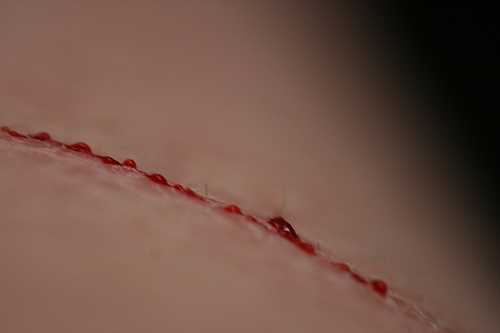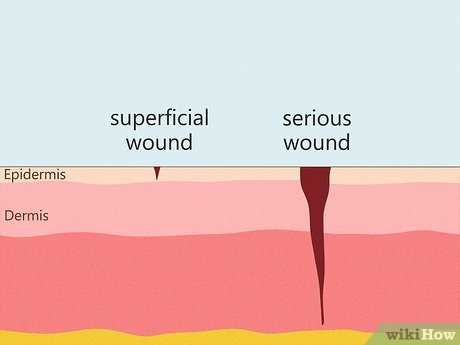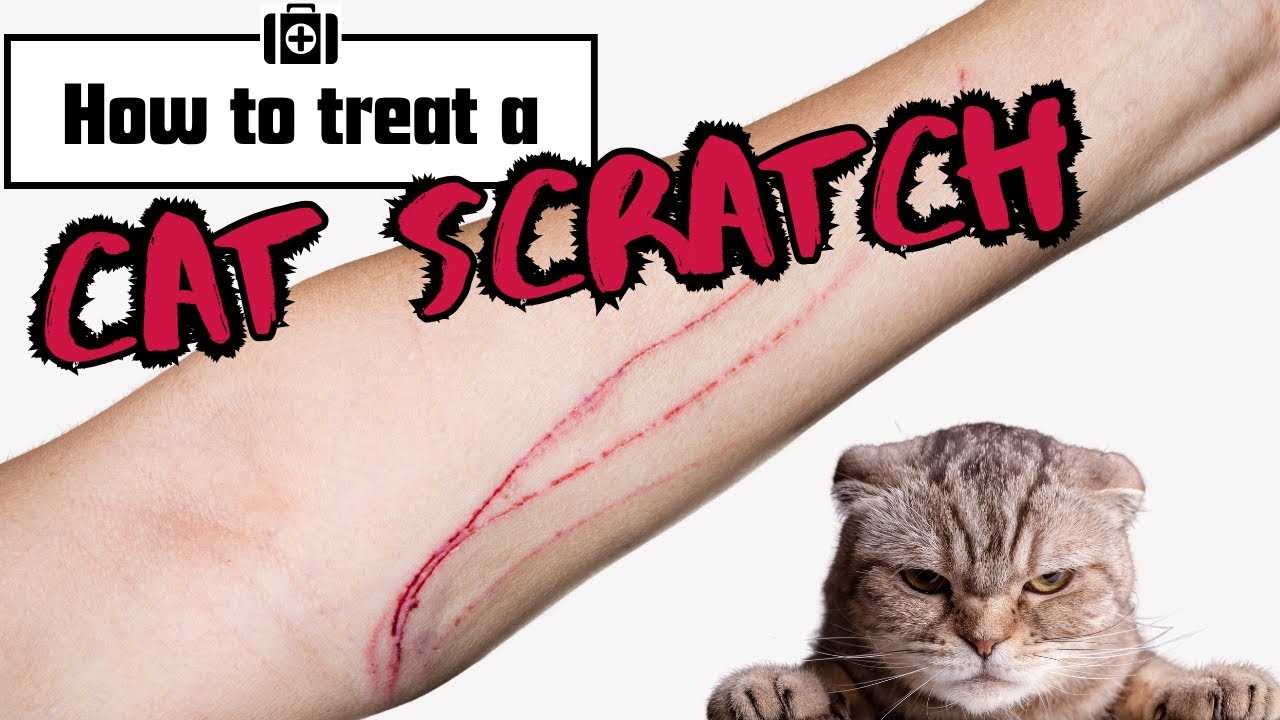

First, gather your supplies: antiseptic solution, clean cloth or gauze, and adhesive bandage. Gently clean the area around the injury with the antiseptic, ensuring no dirt or debris remains. This helps prevent infection.
Next, apply a small amount of antiseptic directly onto the wound, using the clean cloth or gauze. Be careful not to apply too much pressure. After that, cover the area with a bandage if necessary, ensuring it stays secure but not too tight.
Finally, monitor the injury for signs of healing. If redness, swelling, or discharge occurs, consult a veterinarian for further advice. Keeping an eye on the healing process is important for a quick recovery.
Cleaning a Feline Wound
First, gather the necessary supplies: mild soap, warm water, clean cloth, antiseptic solution, and bandages. Rinse the affected area with warm water to remove dirt and debris. Use a soft cloth to gently wash around the wound with soap, avoiding any direct pressure on it.
After rinsing, pat the area dry with a clean towel. Apply an antiseptic solution to prevent infection. If the injury is deep or bleeding, a vet visit is advisable for proper assessment and treatment.
Monitor the healing process daily. If any unusual redness, swelling, or discharge occurs, contact a veterinarian. Keeping the area clean and dry is key for quick recovery.
| Steps | Details |
|---|---|
| Gather Supplies | Mild soap, warm water, clean cloth, antiseptic solution, bandages |
| Rinse | Use warm water to wash the area gently |
| Clean | Apply soap with a soft cloth around the wound |
| Dry | Gently pat with a clean towel |
| Apply Antiseptic | Use antiseptic solution to prevent infection |
| Monitor | Check daily for signs of infection |
Assessing the Severity of the Scratch
To evaluate a wound, first, observe the depth. If the skin is merely grazed, it’s likely not serious. However, if you spot blood or the skin is broken, it’s essential to pay attention. Determine if the injury is superficial or if it goes deeper, impacting underlying layers.
Signs of Infection

Watch for redness, swelling, or warmth around the area. If any of these symptoms occur within a few days, it may indicate an infection. Pus or discharge is another clear sign it needs further care.
Location Matters
Consider where the mark is located. Areas like the face or paws can be more sensitive and prone to complications. If the scratch is in a delicate spot, seek help from a vet to ensure proper treatment.
Gathering Necessary Cleaning Supplies
I recommend collecting the following items to ensure a thorough treatment of your injury:
- Antiseptic solution: Choose a mild formula, preferably one without alcohol to avoid stinging.
- Soft cloth or sterile gauze: Use these for gentle blotting and applying products.
- Adhesive bandages: Keep them handy for protecting the area post-care.
- Non-stick dressing: Ideal for larger wounds to keep them covered without sticking to the skin.
- Hydrogen peroxide or saline solution: These can help with initial cleaning, but use cautiously.
- Cotton swabs or balls: Useful for precise application of ointments or solutions.
- Antibiotic ointment: Choose a veterinary-approved option to promote healing.
- Gloves: Wear these to maintain hygiene and avoid further irritation.
Gathering these supplies will make the entire process smoother and more effective.
Additional Considerations
Ensure all items are clean and within reach to minimize movement, especially if the injury is sensitive. Keep everything organized for quick access as you proceed with treatment.
Cleaning the Scratch with Soap and Water

To address the injury, first, find some mild soap and clean water. Using lukewarm water is best to avoid any discomfort. Wet a clean cloth or gauze, then add a small amount of soap to it. Gently wipe the area around the wound, ensuring that any dirt or debris is removed without pressing too hard.
Rinse the cloth thoroughly in clean water and repeat the wiping process to eliminate any soap residue. Be gentle; the last thing you want is to cause further irritation. After rinsing, pat the area dry with a fresh, soft towel. Avoid rubbing, as that could lead to more pain.
Aftercare and Monitoring
Once the area is clean, keep an eye on it for signs of infection such as redness, swelling, or discharge. If any of these symptoms appear, it’s advisable to consult a veterinarian for appropriate treatment. Regularly check the spot while it heals to ensure everything is going smoothly.
Applying Antiseptic to Prevent Infection
After washing the wound thoroughly, it’s time to apply an antiseptic solution. I prefer using a product that is specifically designed for minor injuries. Make sure to choose one that is alcohol-free to avoid stinging. Gently dab a small amount of antiseptic on a clean cotton ball or pad.
Apply it directly onto the affected area without rubbing. This method minimizes irritation and allows the antiseptic to penetrate effectively. If the area is still bleeding, wait a moment before applying the antiseptic to ensure you don’t disturb the healing process.
Once the antiseptic is in place, consider covering the area with a sterile bandage to protect it from dirt and bacteria. Change the bandage daily or if it becomes wet or dirty. If you notice any signs of infection, such as increased redness, swelling, or pus, consult a veterinarian immediately.
For a fun cooking break, check out this link on how to cook grilled cheese on skillet while you wait for the healing process to start!
Monitoring for Signs of Infection

Keep an eye on the area for any unusual changes. Look for increased redness, swelling, or warmth around the wound. If you notice pus or any discharge, it could indicate an infection.
Pay attention to your human’s body language as well. If they seem more agitated or concerned about the area, it’s a good sign to take action. Check for any signs of fever or lethargy; these are signals that something might be wrong.
If the area becomes painful or starts to itch more than usual, it’s time to alert your human. They need to know if things aren’t improving.
Monitoring for these signs daily can help catch any problems early. If you notice anything concerning, a trip to the vet might be necessary to ensure everything is healing nicely.
When to Seek Professional Medical Attention
If the wound is deep, bleeding heavily, or if there are signs of significant tissue damage, it’s essential to consult a healthcare provider. Immediate evaluation is necessary if you notice increased redness, swelling, or pus around the area. If a fever develops or if you experience worsening pain, medical intervention is crucial.
An allergic reaction may also occur, manifesting as hives, swelling, or difficulty breathing. In such cases, urgent care is required. Additionally, if you have underlying health issues that affect your immune system, it’s wise to seek guidance sooner rather than later.
Remember to mention any pet interactions, especially if the furry friend is not up-to-date on vaccinations. Proper assessment can help prevent serious complications. If you’re considering health tracking for your pet, check out this glucometer for cats for effective monitoring.








